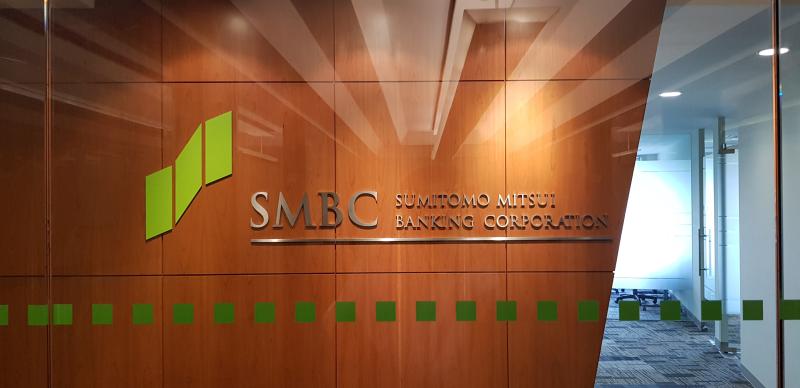In early 2016, Sumitomo Mitsui Banking Corporation’s IT Planning department was tasked with addressing a growing concern: while the bank had begun using machine learning in several of their business divisions — for operations, such as enhancing customer product upsell and cross-sell opportunities, managing customer attrition and identifying default risk, Sumitomo Mitsui Banking Corporation’s nascent data science team was facing a shortage of talent faced with an excess of demands.
While building ML and AI models were feasible, it was a 100% manual operation that required a lot of coding and data manipulation. Building a single model typically took two to three months with as much as 80% of the time spent on the process of creating the complex multi-dimensional flat tables required by ML and AI models. This process, known as feature engineering, coupled with the complexity and time-consuming nature of ML model selection and optimization, was hampering the ability of the team to deliver on all the projects required of them.
The combination of not enough talent, the complexity of models, and the time-consuming nature of feature engineering prevented Sumitomo Mitsui Banking Corporation’s team from scaling their data science practice, and restricted its output to only five new ML models in any given calendar year, with bandwidth to update an additional five models in that same timeframe.



